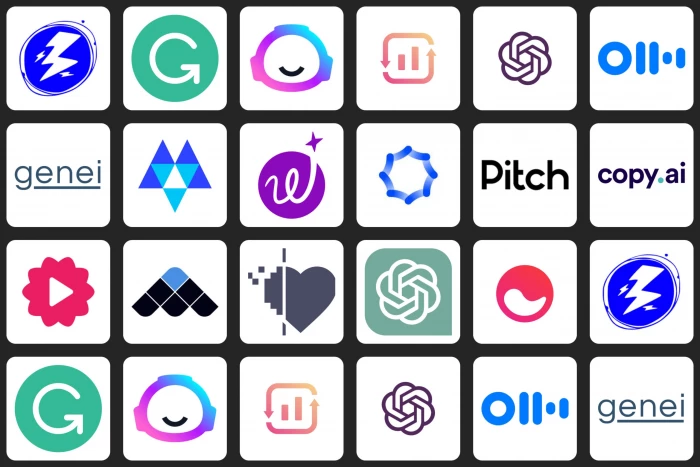

Artificial Intelligence has evolved from a buzzword to a strategic powerhouse in digital marketing. It’s not about whether to use AI. It’s about how intelligently you integrate it into your marketing ecosystem. With over 20 years in the tech and IT industry, I’ve seen technology cycles come and go. But AI is different. It’s rewriting the rules of efficiency, creativity, and personalization in marketing.
Below, I’ll walk you through seven AI tools that every serious digital marketer should be using. Each has been selected based on innovation, reliability, and ROI potential, not hype.
Use Case: Ideation, content creation, customer interaction, and real-time campaign support.
AI language models such as ChatGPT (by OpenAI) and Gemini (by Google) are redefining content workflows. They help marketers draft ad copy, create blog content, craft responses, and even brainstorm campaigns in seconds. These advanced models are multimodal, they can process text, image, and audio prompts, giving marketers a full-spectrum creative assistant.
Expert Insight: Use these tools in a chain of prompts instead of one-off commands. For instance, start with market research prompts, refine the tone, and finalize the copy. It delivers better, brand-aligned results.
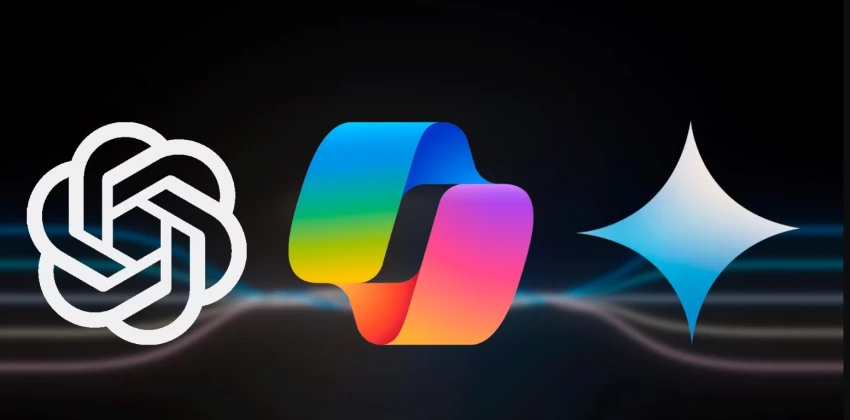
Use Case: Creating ad copy, email sequences, and brand voice consistency.
Jasper AI remains one of the top specialized AI writing tools for marketers. Built on fine-tuned LLMs, Jasper can generate persuasive marketing copy, product descriptions, and landing page content with remarkable accuracy.
Today, Jasper integrates with CRM systems and uses first-party data to personalize content automatically. This makes every campaign hyper-relevant to its target audience.
Pro Tip: Always combine Jasper’s output with a brand tone audit. AI drafts fast, but human nuance perfects it.
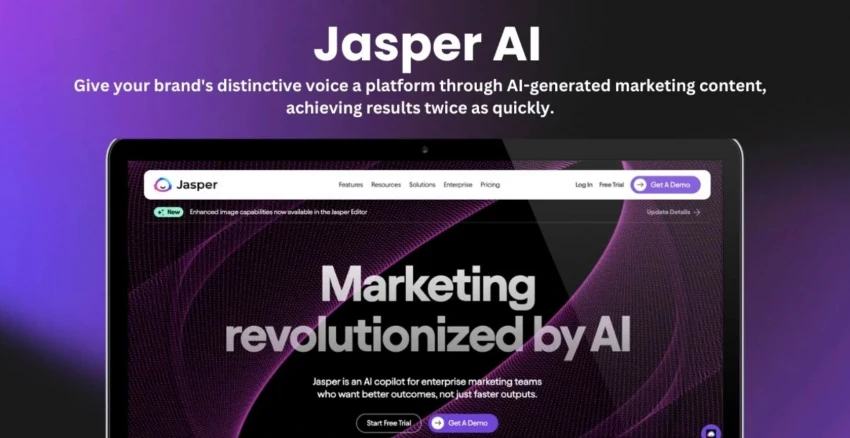
Use Case: SEO strategy, keyword optimization, and content gap analysis.
Surfer SEO uses AI-driven data analytics to identify the best-ranking factors for your target keywords. It doesn’t just recommend terms — it analyzes page structure, backlinks, and search intent. Its AI Forecast Engine predicts ranking probabilities before you even publish.
For digital marketers focused on long-term organic growth, Surfer is indispensable. Combine it with ChatGPT or Jasper for full-stack content production and optimization.
Sources: SurferSEO, SmartPostly
_1759844737.webp)
Use Case: Visual content creation, social posts, video editing, and design automation.
Visual storytelling defines brand recall, and AI tools like Canva Magic Studio and Adobe Firefly make it scalable. Canva’s Magic Media converts text into on-brand visuals, while Firefly’s generative engine can create and edit images or videos with voice or text instructions.
Both tools integrate with marketing suites to automate creative workflows. Imagine generating 50 ad banners in under five minutes, all A/B tested and optimized.
Expert Insight: Maintain a brand style guide. AI visuals can drift in tone without consistency parameters.
Sources: Canva Magic Studio, Adobe Firefly
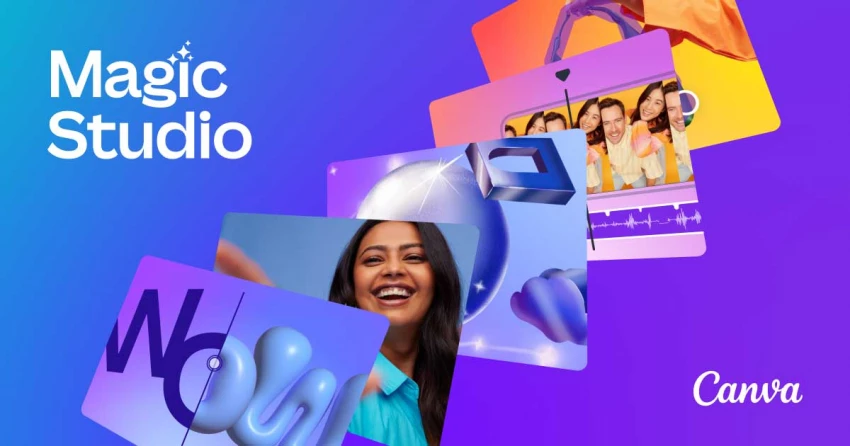
Use Case: Social media captions, creatives, video posts, and scheduling.
Predis.ai leverages AI to automate the creative process for social platforms. It analyzes your brand tone, audience engagement, and competitors to suggest optimized posts. For marketers managing multiple brands, it’s a time-saving powerhouse.
Its integration with Instagram Reels and TikTok trends makes it invaluable for short-form content generation.
Pro Tip: Use Predis’s analytics to fine-tune future content rather than relying solely on AI suggestions.
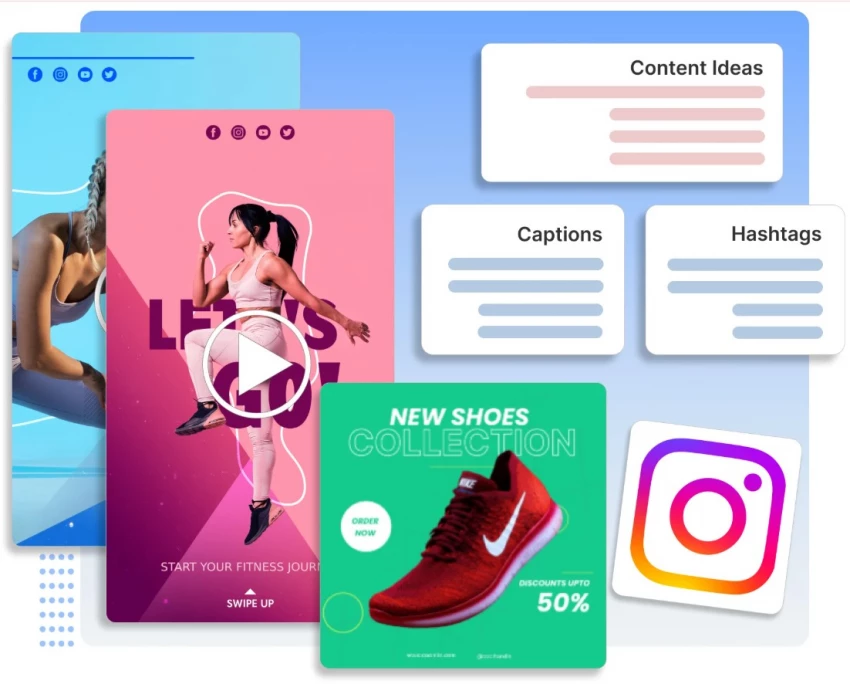
Use Case: End-to-end automation, AI-triggered actions, CRM integration.
Automation has matured beyond simple “if-this-then-that” workflows. Platforms like Gumloop and n8n now embed AI reasoning. For instance, when a lead enters your CRM, the AI can automatically craft and send a personalized welcome email, update your sales sheet, and schedule follow-ups.
Zapier’s AI layer allows conditional logic based on predicted outcomes — such as whether a user will likely convert. It’s predictive automation in real-time.
Expert Insight: Keep your automations transparent. Over-automating can lead to customer disconnects if not carefully monitored.
Sources: Gumloop, n8n.io, Zapier
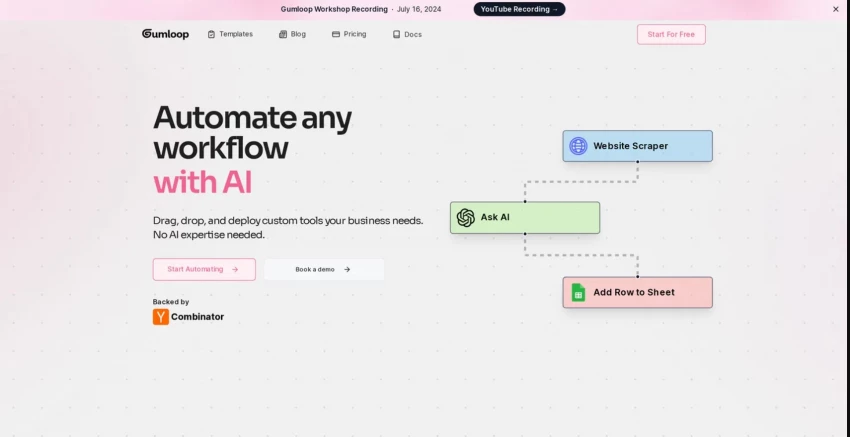
Use Case: Real-time insights, competitor tracking, sentiment analysis, and forecasting.
Data is only useful if you can interpret it fast. AI-driven analytics platforms like SOMONITOR and Pecan AI bring predictive modeling and anomaly detection into marketing dashboards. Crayon focuses on competitive intelligence — tracking pricing, messaging, and campaign launches across industries.
These tools help you understand not only what’s happening but why. They’re integrating LLMs to generate natural-language summaries of insights, making complex data accessible for non-technical marketers.
Sources: Pecan AI, Crayon, arXiv – SOMONITOR Framework
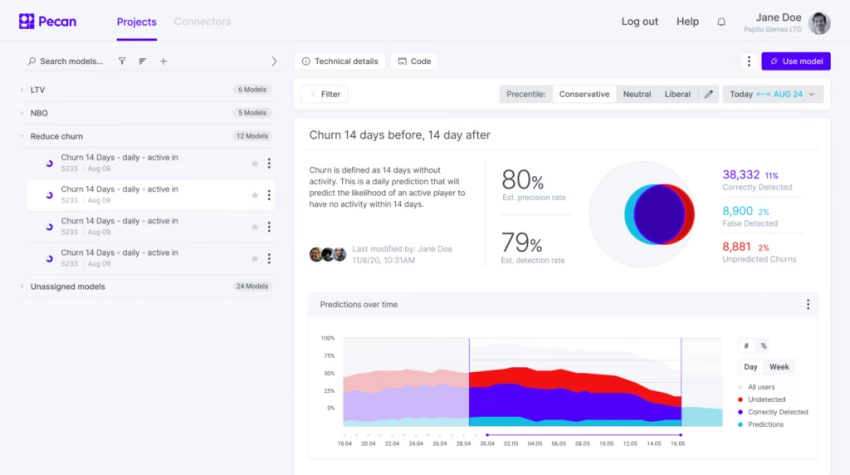
Adopting AI isn’t about using every trending app. It’s about orchestrating tools that complement each other. Here’s how to do it effectively:
AI is just the beginning of a deeper transformation in marketing. Over the next few years, we’ll see:
The most successful marketers won’t just use AI, they’ll strategically collaborate with it.
The tools listed above aren’t just trends, they represent the new infrastructure of modern marketing. In my experience, marketers who blend human creativity with AI efficiency achieve exponential results.
Start with one, master it, and build upward. This is the time to make AI your competitive edge.
Be the first to post comment!